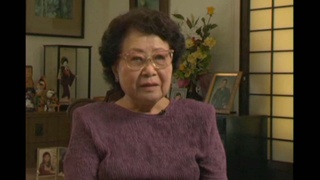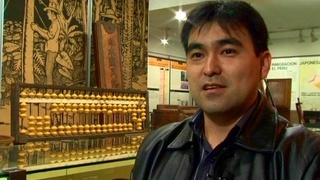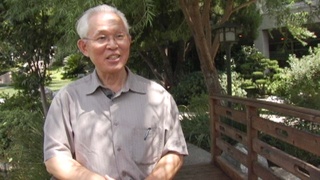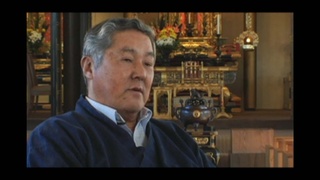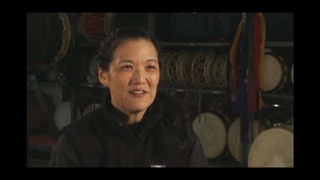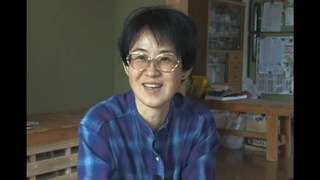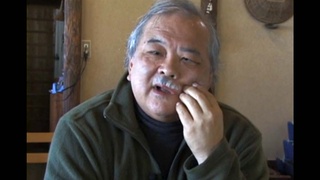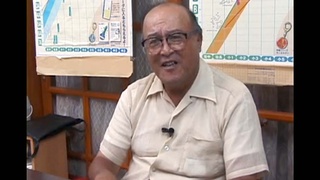Interviews
Supporting art because it's essential
I think that for me, art is essential. It’s joy, it’s how…it’s definitely an expression and important for a culture, I think, to see itself. I think that’s what I love about the Japanese culture and I know that I see it in Sandra too, that there’s…her life is very artful and she expresses herself in delightful ways and I think that it reflects the Japanese culture, which incorporates the different subcultures – en, ken, tatami, all those things that have structure and have form and kind of bring art into your daily experience. I think to not support it – like what’s happening today, I think a lot of public schools are cutting art programs and children are kind of being denied that form of expression and I think it’s damaging. I think it’s not healthy and I think that’s why it’s important to support them.
Date: January 16, 2006
Location: California, US
Contributed by: Watase Media Arts Center, Japanese American National Museum

